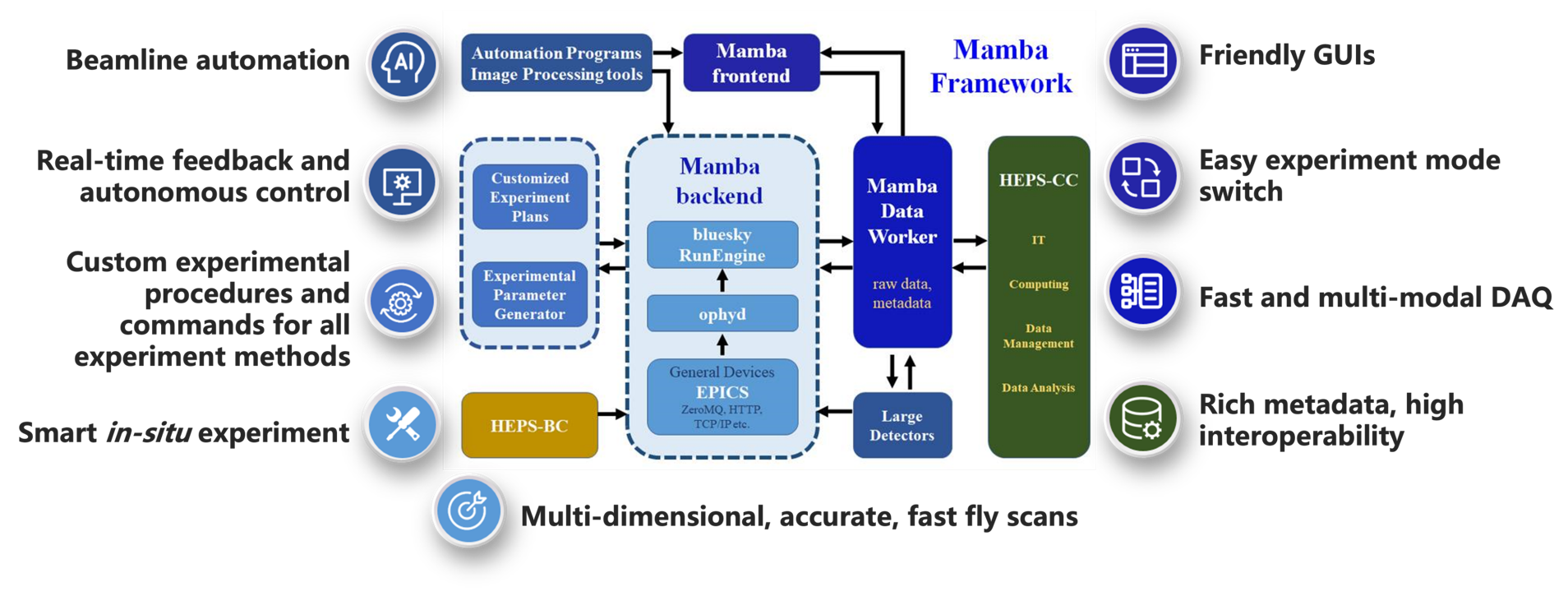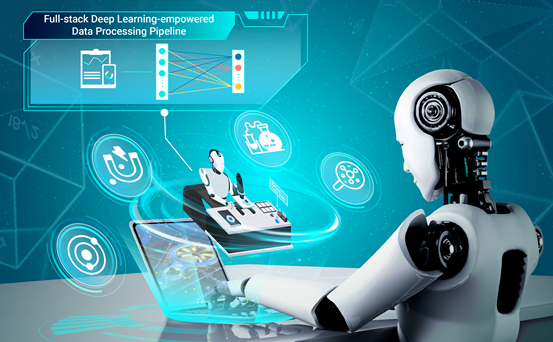
For a long time, the development of synchrotron radiation methodology has been constrained by both hardware and software. With the construction of new generation light sources such as HEPS and the updating and iteration of experimental station equipment, hardware constraints have gradually been overcome, and the scientific experimental mode has shifted towards high (data) flux, multimodality, ultrafast frequency, in-situ and dynamic loading. The functional requirements for software have also undergone revolutionary changes, and the lag in software development has become a key factor hindering the development of methodology at present. Against the backdrop of the upgrading and replacement of advanced light source devices worldwide, countries around the world are vigorously developing their own software frameworks and ecological software application systems. Experimental control and data acquisition software is an important window for users to understand and use light sources, and plays a crucial role in the entire lifecycle software system of light sources. After years of development, mainstream software frameworks and application systems such as Bluesky (USA), Sardana (Europe), GDA (UK) have emerged globally. Previously, there were no software application scenarios for high-throughput multimodal experimental control and data acquisition in domestic synchrotron radiation light source facilities, resulting in a lack of relevant deployment.
In order to meet the experimental needs of HEPS, the beamline software system of the HEPS beam measurement control department launched the development of a new generation software framework Mamba in early 2020 in China. The aim is to develop a methodology centered experimental process control and data acquisition software for each line station in the first phase of HEPS, and to create an independent and controllable software application system with international advanced level, complete and ecological, in order to comprehensively improve the automation and intelligence level of experimental control, enhance user experience, and promote the scientific research output of light sources.
The HEPS beamline software system is based on big data and artificial intelligence technology, and comprehensively carries out the construction of an AI for Science software ecosystem covering the entire life cycle of advanced light source experiments, promoting the establishment of artificial intelligence infrastructure relying on advanced light sources and cross device and cross domain AI for Science research demonstrations. In recent years, research has mainly focused on the following areas:
1. Actively promote the research paradigm of combining "large-scale scientific software frameworks" with "AI for Science" to solve the data challenge of advanced light sources at the "EB" level (1EB=109 GB);
2. The comprehensive application of artificial intelligence data analysis methods in experimental methods such as imaging, spectroscopy, and diffraction scattering: a series of research achievements have been made in the fields of scanning coherent diffraction phase reconstruction, diffraction scattering image denoising, spectral data clustering analysis, multidimensional diffraction scattering methodology research, tomographic imaging offset correction, image restoration, and super-resolution;
3. Carry out research on intelligent beamline: Significant research achievements have been made in intelligent dimming, intelligent selection, intelligent regulation, scientific warning, etc., gradually forming an intelligent experimental control and data acquisition system with the distinctive features of integration of theory and reality and digital twin;
4. Data driven: Led the development of a big data flow central system for smart light sources, providing data support for AI big models for intelligent experimental control and scientific big models for disciplinary applications, and conducted research on AI empowered full stack data collection and analysis workflows based on this;
5. Smart Light Source: Based on the big data flow central system, research and development work has been carried out on the unified interface between advanced light sources and multidisciplinary intelligent facilities. By establishing a vertical domain data analysis base model and a scientific large-scale model for disciplinary applications, we actively promote the integration of large-scale scientific devices and multidisciplinary intelligent facilities, create a smart scientific device cluster, and form an AI for Science research demonstration characterized by interdisciplinary and cross device institutionalized collaborative research mode.
